Contents
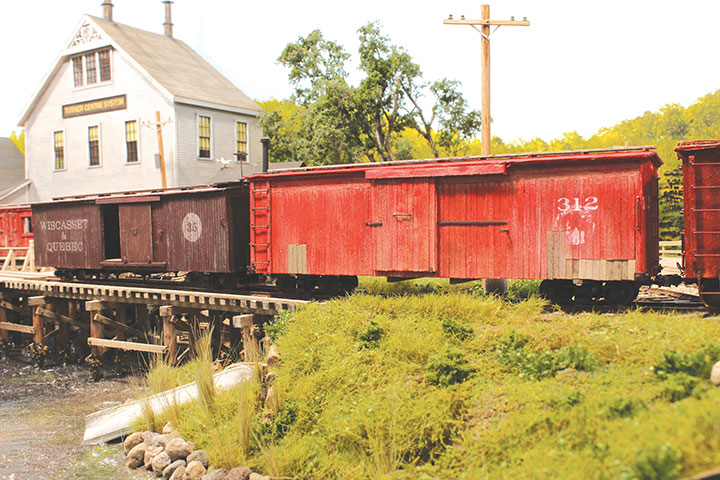
Special Feature
Modeling a Boxcar in On30
with History and Character
As I neared the completion of my On30 Wiscasset, Waterville & Farmington Railway, I knew some additional rolling stock would be needed to fill out the roster. Since this is a small layout with limited space, I wanted to scratchbuild a boxcar that had some interesting history or character. Boxcar #312 provided both. Number 312 started life as Wiscasset & Quebec Boxcar #34. It was part of a 5-car order of 28-foot cars built by Portland Company in 1895 for the W&Q, predecessor of the WW&F. The cars were numbered #31 through #36. They had a low roof, giving them a “squatty” appearance. To start the build, I used a Peter Barney drawing published in his book: The Wiscasset, Waterville & Farmington Railway: A Technical and Pictorial Review. I sketched the layout of the frame, taking into account the 1/32-inch-thick sheathing. The underframe was built using 1/16- x 1/8-inch pre-stained basswood strips. Using pre-stained wood strips makes weathering the car later easier. The decking was covered with wood coffee stirrers purchased from one of those Dollar Stores. The key details, such as queen posts, were marked and pre-drilled. These would be installed later...
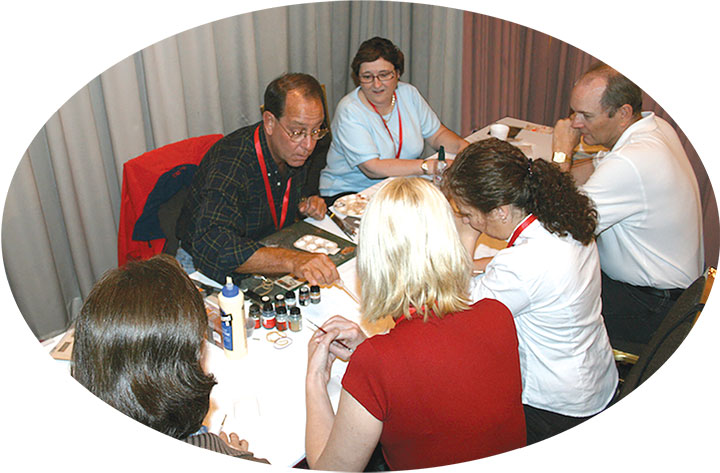
Feature
Fellowship
A Tribute to Brian Nolan
Dave Revelia and Brian Nolan were both excellent modelers who didn’t know each other because they lived on opposite coasts of Florida. Jon Addison was a good friend of Dave’s, and when Jon and Brian met at a train show, he suggested that Dave and Brian get together since both were firefighters, excellent model builders, and shared many interests. They became best friends and travelled to many train shows often with Jon Addison. Brian and Dave dominated many model contests between 2000 and 2006. Their favorite venues being the annual National Narrow Gauge Conventions (NNGC). These shows include what many modelers consider to be the premier model railroad contest in the country each year. Dave won the NNGC Best-of-Show award in 2002 for his Ott Fence diorama. He won again in 2004 with his 3/8-inch scale Logging and Tractor Repair Shed. Brian Nolan won his NNGC Best-of-Show award in 2005 with a fabulous O scale model called “Ullian’s Machine Shop.” The two friends produced several other award-winning models during this time.
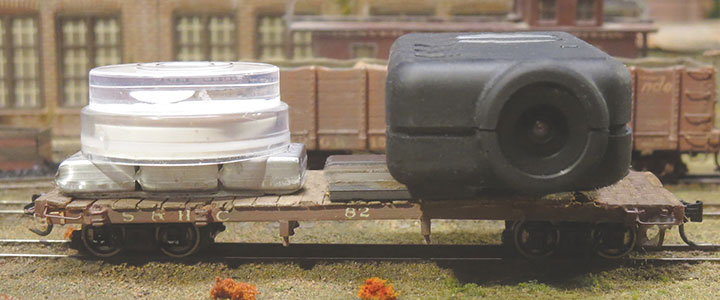
Feature
Riding Trains
Making Realistic Videos of Your Model Railroad
I received several requests for additional information on how I made videos after my Pigeon Hole letter was published in the September/October 2020 GAZETTE. This article will briefly show you how I make videos showing what a trainman in the caboose, an engineer, or passengers would see out of their windows as your layout passes by. To see this process in action, go to YouTube and look up “Bert Donlon” and “How to Video Your Model Railroad” and that video will show you how convincing these images can be. They were videoed on my HOn3 Shingleton & Hat Creek Railroad.
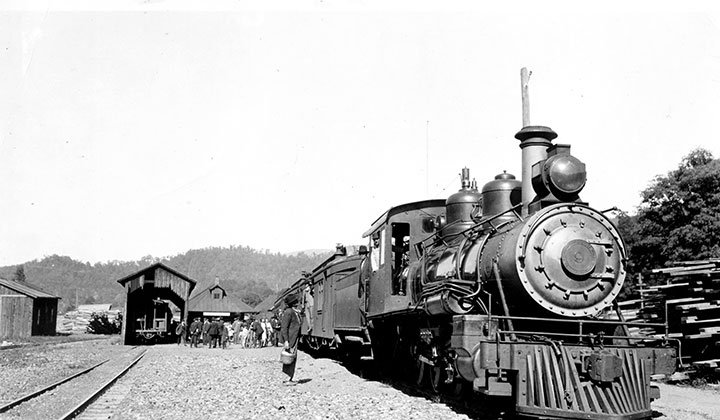
Feature
The East Tennessee & Western North Carolina
Railroad and its Locomotives: Part 6
By the end of the first decade of the Twentieth Century, the East Tennessee & Western North Carolina Railroad had finally come into its own as a progressive narrow gauge railroad. Hopper cars of iron ore were being transported from the mine at Cranberry to an iron furnace in Johnson City in greater and greater numbers. The population in the region was growing, and tourism was becoming a major contributor to the coffers of the company. Lumber shipments were also on the increase, giving even more tonnage to the railroad. The ET&WNC had used locomotive designs developed for other railroads since its earliest days. With business continuing to grow on this single track railroad, the pace of transportation needed to increase. With very few narrow gauge engines being constructed for U.S. companies, the ET&WNC decided to pursue a new way to move the freight.
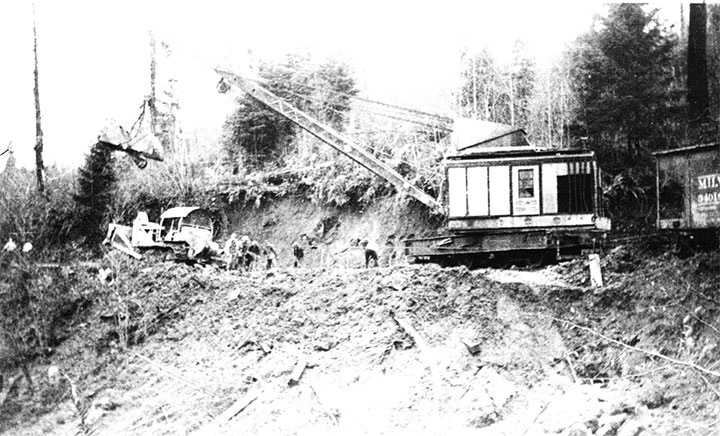
Feature
Kosmos Logging / Timber Company
In 1936, the Kosmos Logging Company was formed with the financial backing of Robert S. Fox of the Seattle Export and Tacoma Export Lumber Companies. By June first of that year, construction of a new road from the small Eastern Lewis County town of Kosmos to Morton was started. Early logging was started south of the Cowlitz River and conducted on a two shift day with trucks running from daylight to dusk to a reload located on the Milwaukee Railroad at Morton. Robert Fox insisted that this new operation be rail orientated, so by August 1937, construction of a railroad started with an interchange with the Milwaukee Road where the reload had been located at Morton. During this same time, the use of trucks was discontinued. The Milwaukee Road hauled the loads to Tacoma where the logs were dumped into Puget Sound by means of a jill-poke.
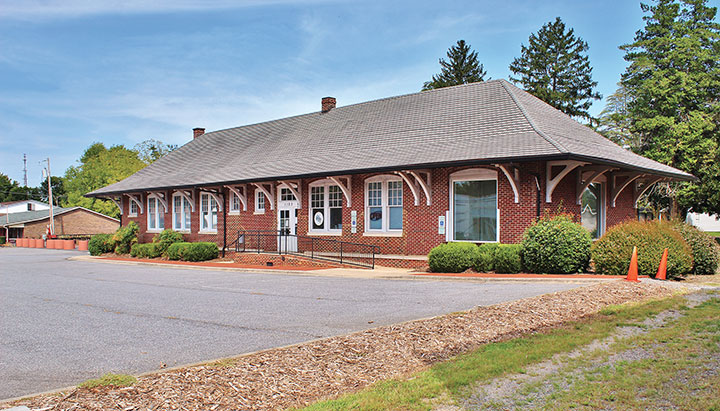
Feature
The Southeastern Narrow Gauge & Shortline Museum
When you mention narrow gauge railroading to most fans, their thoughts immediately go to Colorado. The D&RGW, RGS, and C&S were long lived lines that ran for hundreds of miles through the Rocky Mountains. Mention preservation, and those same people will bring up the Colorado Railroad Museum, the unique collection of railroad equipment and materials founded by Robert W. Richardson in the 1950s, which continues to preserve and restore both locomotives and equipment in the 21stCentury. However, there is another section of the United States with a heritage of narrow gauge railroading that is not as well-known as Colorado, but is still important to the historical record, and there is a museum dedicated to preserving that heritage by collecting artifacts and restoring equipment from railroads in the region. It is the Southeastern Narrow Gauge & Shortline Museum, and it will be open during the 41st National Narrow Gauge Convention September 1–4, 2021, in Hickory, North Carolina.
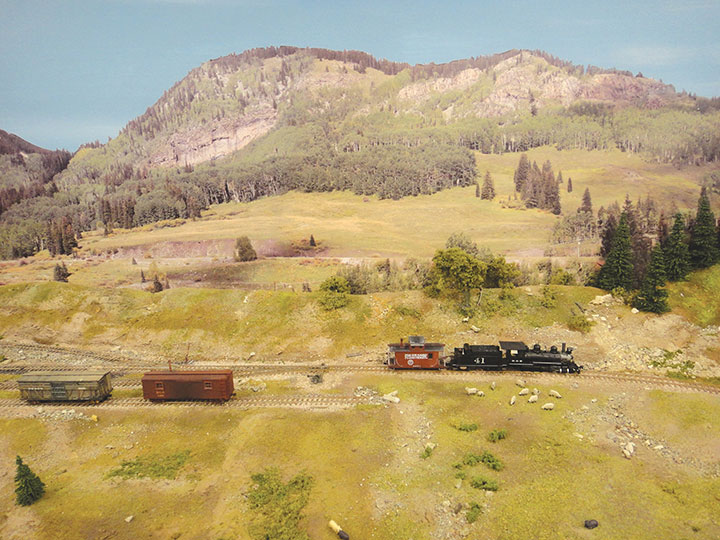
Feature
My Layout’s Worst Feature
Tweaked - Refined - Rebuilt
Ever since bringing my HOn3 Rio Grande Southern layout to photo-finish, I have known which feature I liked the least. That feature was a six-foot stretch of single-track scenery between the wye at Vance Junction and Railfan Bridge. The latter is a small trestle over a road where a railfan waits with a camera. A 1935 Ford like Otto Perry’s is parked nearby. This six-foot stretch of track had been given no name. It was intended to be one of those “dead areas” or “spaces between places” that serves as book ends between detailed areas. But, in this dead area I had suffered my worst luck in blending foreground scenery into the backdrop. The photo backdrop from LARC Enterprises is a wonderful product, but I simply could not find colors of ground foam that matched the colors of the backdrop. I mixed several colors of Woodland Scenic ground foam together and concluded that was the best I could do.
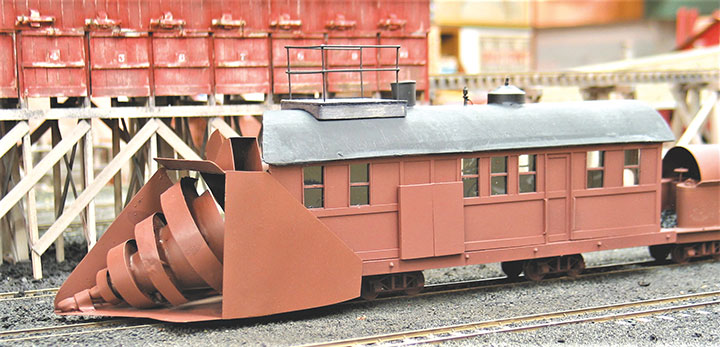
Feature
Maintenance of Way Equipment on my 0n3 Colorado
Central & Southern: Part 1
I like modeling maintenance of way equipment because it’s an interesting change of pace from building the usual boxcar or gondola. One of the most unusual pieces of maintenance of way equipment on the Colorado narrow gauge railroads was the Jull Centrifugal Snow Excavator, more commonly known as “The Jull.” This strange machine was invented by a man named Orange Jull, who patented it in 1888. He was originally in business with the Leslie Brothers, of rotary snowplow fame, but broke away from them because of patent disputes. I first learned of the Jull while reading about the snowplow trials at Hancock, Colorado, on the Denver, Leadville & Gunnison, successor to the famed Denver, South Park & Pacific. The trials took place in April 1890 and were a contest between the new Jull machine and a Leslie rotary snowplow to determine which would be the most effective at clearing snow from this high mountain railroad.
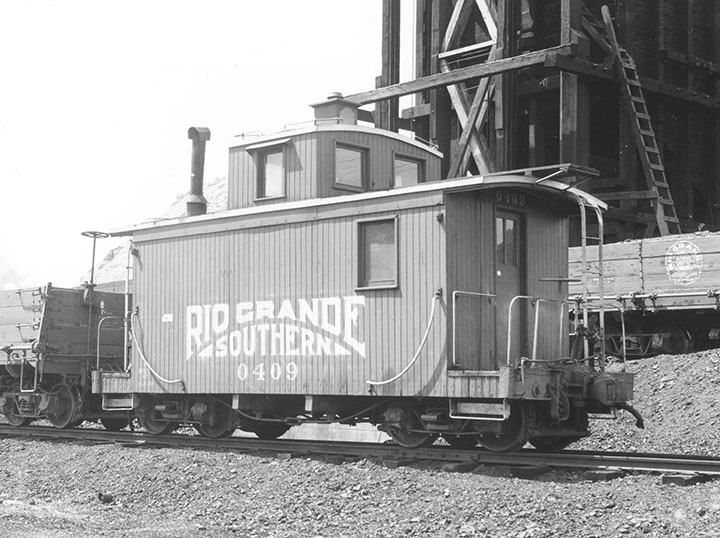
Feature
RGS Caboose 0409
An HOn3 Kit-Bash
In the July/August 2014 Gazette, I described kit-bashing my HOn3 Rio Grande Southern caboose numbers 0400, 0401, 0402 and 0403. The prototype RGS had two other cabooses in its fleet (0404 and 0409), and I have always intended on adding them to my roster. With a change in the operating plans for my RGS model railroad, I found that I was short on cabooses. So, it was time to expand my caboose roster. Here I will describe how I added 0409 to my fleet. In the next issue I will show how I built a model of 0404. RGS caboose 0409 was a one-of-a-kind caboose. It was built in the RGS shops and loosely followed the D&RGW short caboose plans. What differentiated it from the other short cabooses was that it was about 1 foot shorter. In HOn3, there is no kit for this unique model, but the Precision Scale Company (PSC) D&RGW Short Caboose Kit #10674-1 can be used as a starting point for this kit-bash. Luckily, many years ago I had purchased one of these kits with the intention of turning it into 0409. Unfortunately, this kit is no longer available, so you will have to find one on the used market.
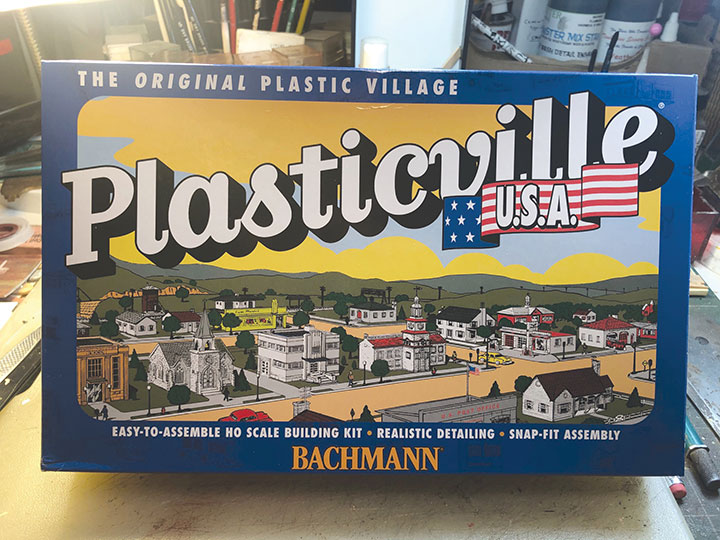
Feature
The Narrow Gauge Scene
From Plasticville to Scaleville
From the late 1940s to the present, Plasticville by Bachmann has been a presence in the hobby. Associated with tinplate and toy trains, I have always felt that these venerable kits deserved more respect. And I am not alone in that regard. My good friend, Jim Sacco of City Classics, maker of excellent art deco and other building kits, signs, window treatments and interior graphics, agrees. He gives a fab clinic on “modernizing” a downtown scene by among other techniques, grafting Plasticville building fronts onto plastic brick structures from DPM or even City Classics. If you are an NMRA member, I believe this clinic is available on the Members Only page on the NMRA website. I’ll mention this technique again and Jim is one of the few scale modelers I know who appreciates Plasticville.

Plans
The Bodie Foundry
Bodie, California
The Machine and Pattern Shop
In the active days of mining in Bodie, if you had a piece of mining machinery break down and a replacement part was needed, you would have to order the part from Virginia City or Carson City, Nevada, or San Francisco, California. With any luck you might receive the replacement part within a couple of weeks or more and with riches to be dug out of the ground, who wants to shut down their operation and wait for two or more weeks? A local foundry was needed. Wells and Kilpatrick decided to fill that need, and had the Bodie Foundry built. It was capable of casting anything from small gun parts to large mine wheels. The foundry employed 12 to 18 men as machinists, blacksmiths, and pattern makers. Wells and Kilpatrick decided to install the best machinery and make the foundry a first class operation.
